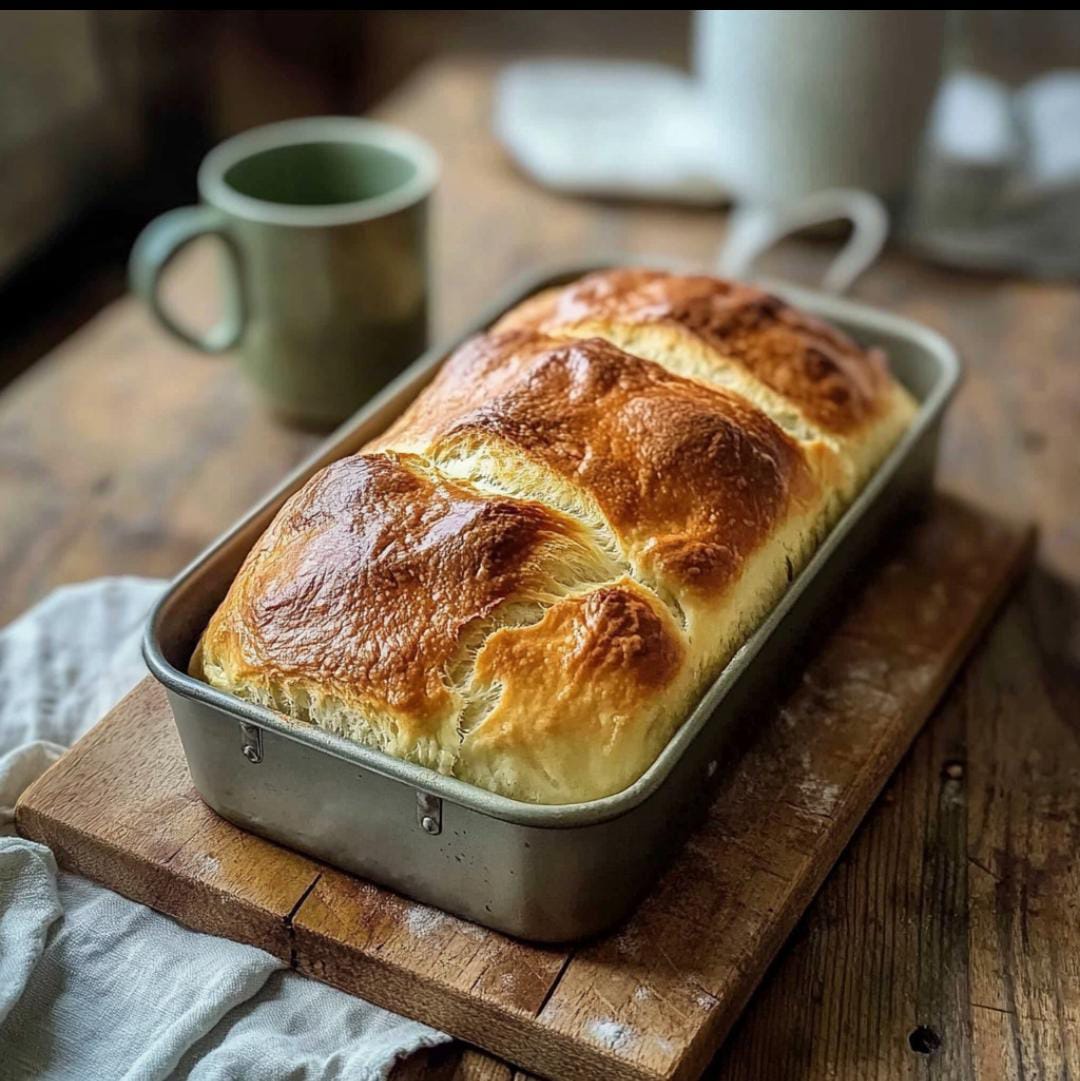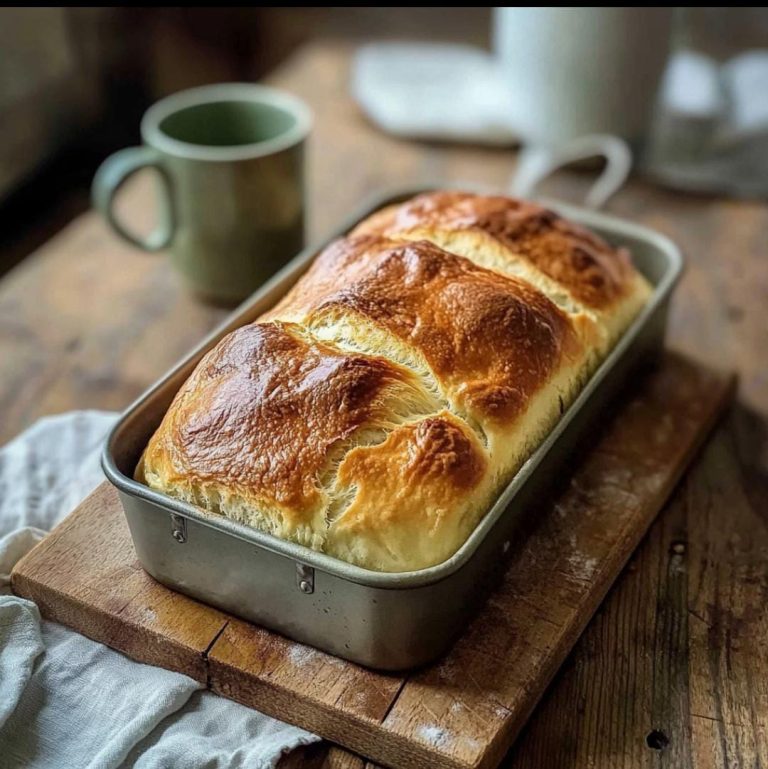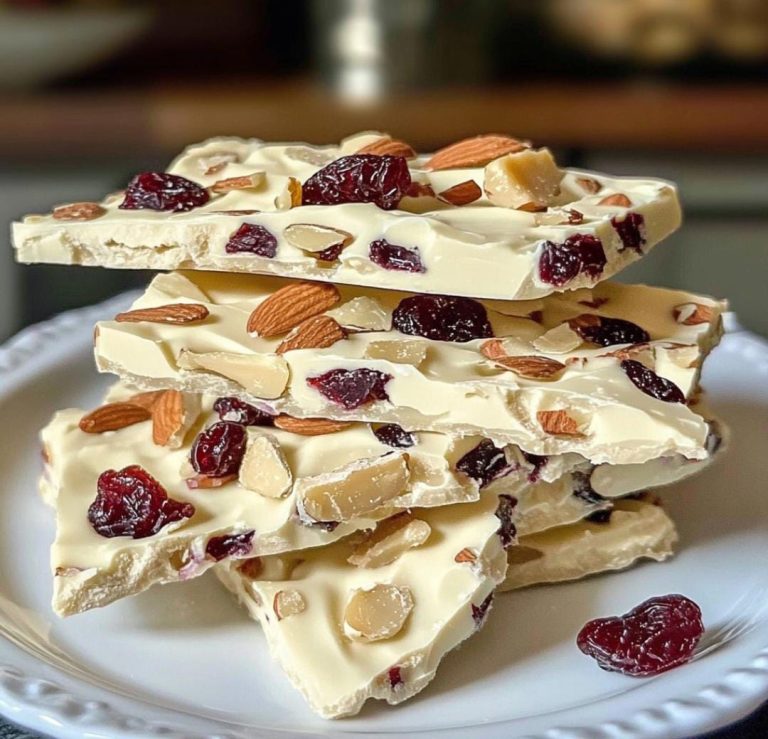How to Ensure the Success of Homemade Brioche Bread
Baking homemade brioche bread combines both art and science. Since its rich, buttery dough requires careful attention to technique, the result is worth every effort. This guide will help you master the essential tips and tricks to create a perfect loaf every time.
1. Choosing the Best Ingredients
The foundation of any great brioche begins with selecting high-quality ingredients. Without the right components, achieving the perfect loaf becomes much harder. Therefore, it’s important to focus on the following:
- High-protein flour helps strengthen the gluten network.
- Unsalted butter at cool room temperature ensures smooth incorporation.
- Eggs and sugar enrich the dough, giving it its signature light sweetness.
In addition to these tips, if you’re aiming to reduce sugar content while maintaining flavor, check out these tips for reducing sugar content without affecting the flavor.
2. Master the Dough Mixing Process
Proper dough mixing plays a crucial role in creating the light and fluffy texture that brioche is famous for. In order to achieve the best results, you must knead the dough until it becomes smooth and elastic. Moreover, using a stand mixer will make this process easier, especially when incorporating butter.
Additionally, for those interested in working with different types of potatoes for creamy dishes, take a look at this guide on choosing the best potatoes.
3. Let the Dough Rise with the First Proof
Once the dough is fully mixed, you should allow it to rise so that it can develop flavor and volume. Here are two options for the proofing process:
- First, let the dough rise at room temperature until it doubles in size.
- Alternatively, for an even better result, refrigerate the dough overnight for a cold fermentation. This method will not only improve the texture but also make shaping the dough easier.
For those looking to learn more about storing and reheating baked goods, be sure to see how to store and reheat your baked onions.
4. Shape and Proof the Dough a Second Time
After the first proof, it’s time to shape the dough into loaves or rolls. Since the dough is delicate, handle it carefully to avoid deflating it. Once shaped, allow the dough to go through a second rise, during which it will become puffy and light.
For those who want to explore different food textures, don’t miss out on this guide on how to prepare cheesy garlic chicken wraps.
5. Bake Your Brioche to Perfection
Baking the brioche properly is key to achieving the perfect result. Therefore, preheat your oven to 350°F (180°C) and bake until the bread turns golden brown and the internal temperature reaches 190°F (88°C). In case the loaf begins browning too quickly, cover it with foil to prevent burning while ensuring the center finishes baking.
Moreover, for those who enjoy experimenting with healthier baking alternatives, explore how to create low-calorie cakes by using sweetener substitutes in this guide on reducing calories with sugar alternatives.




